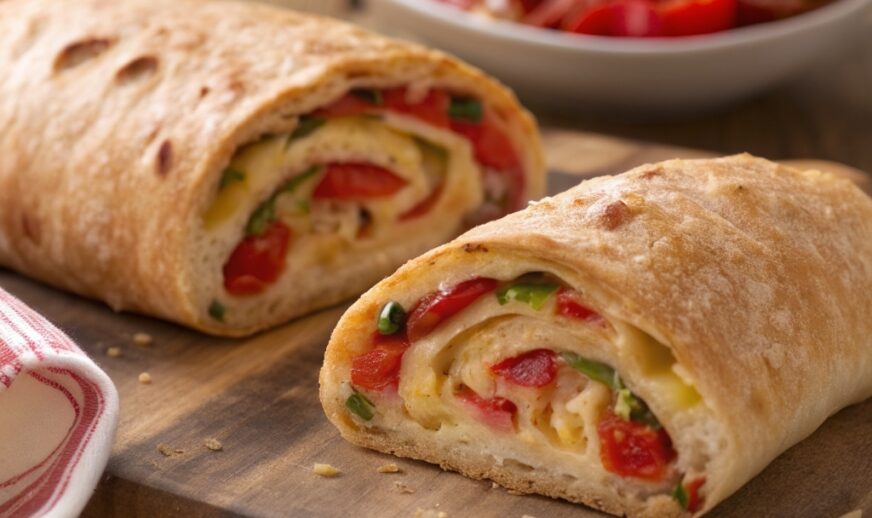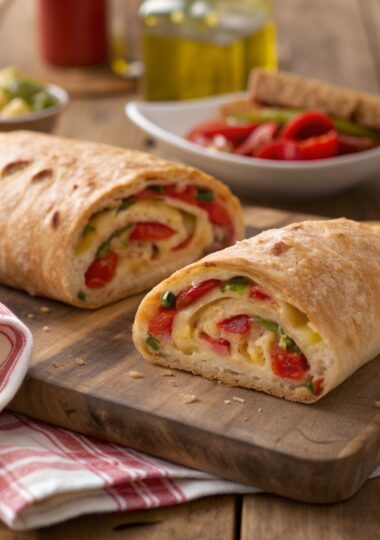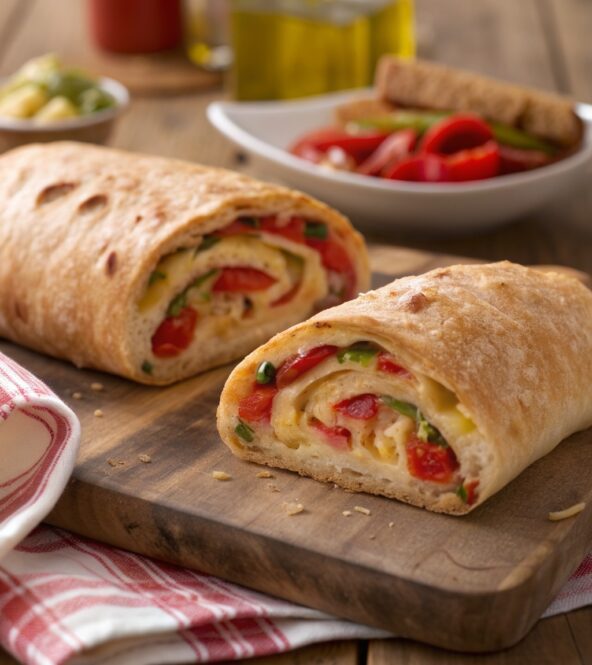26 Oct 2025
Advertise In KARINOKADA
1096x160
Garbage Bread Recipe That Turns Leftovers Into a Melty, Cheesy Dream
When I was little, I would peek over the wooden counter in my Kyoto kitchen, watching my grandmother roll dough with quiet grace Her meals were...
Learn More
0
0
About Me
Karino Kada
I’m Karino Kada, a Japanese girl born and raised in Kyoto, where the heart of every home is the kitchen, and my grandmother always said that cooking is the purest form of love. Since I was little, I loved watching my mother shape onigiri with sea salt and gentle hands. Every recipe I learned brought me closer to my roots, to my story, to who I am. I share recipes that blend the comforting flavors of Japan with the fresh spirit of my life in America. I love creating

Top Categories
Newsletter
Special Dish
Subscribe to our Newsletter
Phasellus seiusmod teytur
Popular Topics
Instagram Feed
This error message is only visible to WordPress admins
Error: No feed found.
Please go to the Instagram Feed settings page to create a feed.
Special dish
Get the book of most popular recipe
Phasellus seiusmod tempor incidi rednt ut labore et dolore magna aliqud tomaler labore donoit arbasis dolor.
























